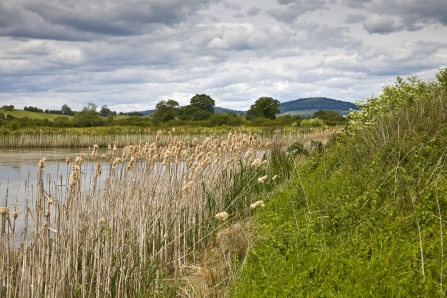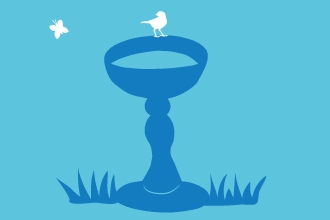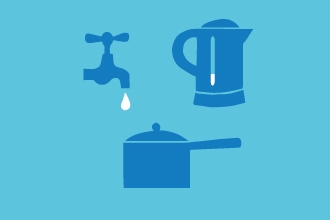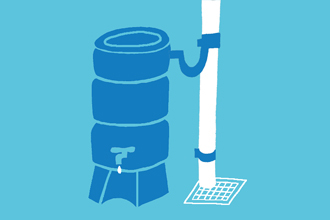Just like us, wildlife can find extreme weather difficult and dangerous. And there’s been no escaping the extreme heat recently - with the highest temperature ever recorded in Britain, 40.3°C, in July and another heatwave underway. It’s also been incredibly dry and there is a real possibility of prolonged drought in parts of the UK.
These hot, dry conditions are affecting wildlife in several different ways. Across the country we’ve seen streams and rivers running low and ponds heating up and drying up. This reduces the habitat for aquatic wildlife and it also affects nearby habitats and wider-ranging wild animals that rely on these wetlands for water. We’ve also seen grasslands and heathlands become dangerously dry and increasingly susceptible to wildfires, like those seen at the Lickey Hills and Hartlebury Common recently. Even woodlands are suffering, with many trees showing signs of heat and drought stress - shedding their leaves and making it feel like autumn has come early.






